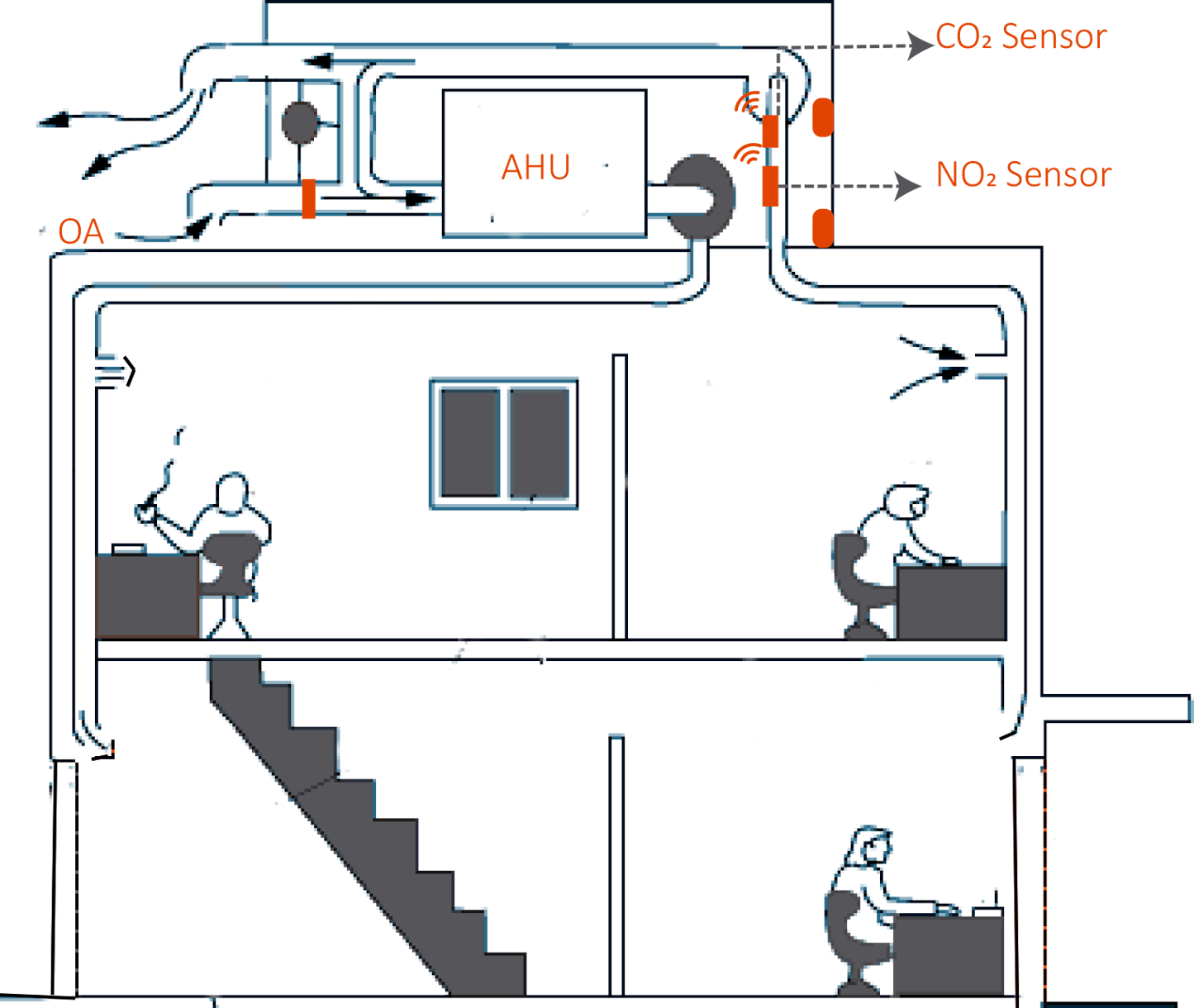
Debunking Common Myths about Indoor Air Quality
Back in 2016, the WHO published a report which revealed that 92% of the world’s population breathes in sub-standard air. Three years later this number could only have increased as we continue to see rising pollution levels that have made people all around the world battle several health issues especially lung related problems. In fact, the study found that 6.5 million deaths worldwide could be attributed to both indoor and outdoor air pollution. Of this only half, i.e.; 3 million were attributed to outdoor pollution, meaning 3.5 million deaths were caused by indoor air pollution!
Most people think they can escape the worst of the pollution by staying indoors and that could be the worst thing to do. As the CogFx study by Harvard shows that Indoor Air Quality could be 2-5x worse than outside air quality. There are many false assumptions about Indoor Air Quality and in this blog, we try to debunk three of the most common ones.
Air quality indoors is better than outside
This is easy to assume when you watch the thousands of vehicles belching smoke into the atmosphere and thank god you’re indoors. But you couldn’t be more wrong. Our buildings are not air tight and outside air can seep into your office and remain there due to bad ventilation. This means you are breathing in stale air during the entire time you are indoors! Indoor air itself has its unique pollutants like VOCs and carbon monoxide. The paint on your walls, carpet cleaners and the air freshener sprayed in your office all contain harmful pollutants that remain trapped inside your office. Unless you have a smart Building Intelligence System that measures indoor air qualityand regularly ensures to introduce fresh outside air, the indoor air quality of your office is probably affecting you and all your co-workers. The Harvard study also showed that poor indoor air quality can significantly affect productivity and the cognitive process.
Any HVAC system can take care of the indoor air quality
HVAC systems only filter out particles and not VOCs. Without a Building Intelligence System that uses smart sensors to periodically track the air quality levels, your HVAC system cannot do much in terms of maintaining the indoor air quality. For example, 75F’s Indoor Air Quality Management solution uses sensors to track the levels of VOCs, CO2 and other pollutant levels and accordingly directs the HVAC system to use fresh air for cooling. This not only ensures you are not breathing in stale air when you are indoors but also saving significant amount of energy using fresh air for cooling. This will lead to not only better air quality but better heath and increased productivity for the occupants. You can refer to the Harvard study here that establishes this.

It is expensive and difficult to improve indoor air quality
Imagine your local supermarket decides to give you an irresistible offer - Buy one and get two free, wouldn't you go for it? Well it is somewhat the same here because with the right Building Intelligence System, you can improve indoor air quality while enhancing comfort and saving on energy! In fact, 75F's Indoor Air Quality Management solution detects CO2 and NO2 levels and proactively adjusts outside air dampers to ensure that indoor air is fresh and maintained at appropriate levels. At the same time, the predictive and proactive system also helps you save up to 50% on energy while enhancing comfort for the occupants.
Improving indoor quality could lead to improved occupant experience and increased productivity. Pollution levels worldwide are on the rise despite efforts to control it and it is time you invested in better air for you and occupants of your facility. The results are going to be beneficial for you, the occupants and the planet as well. Download our practical guide to indoor air quality management below.










